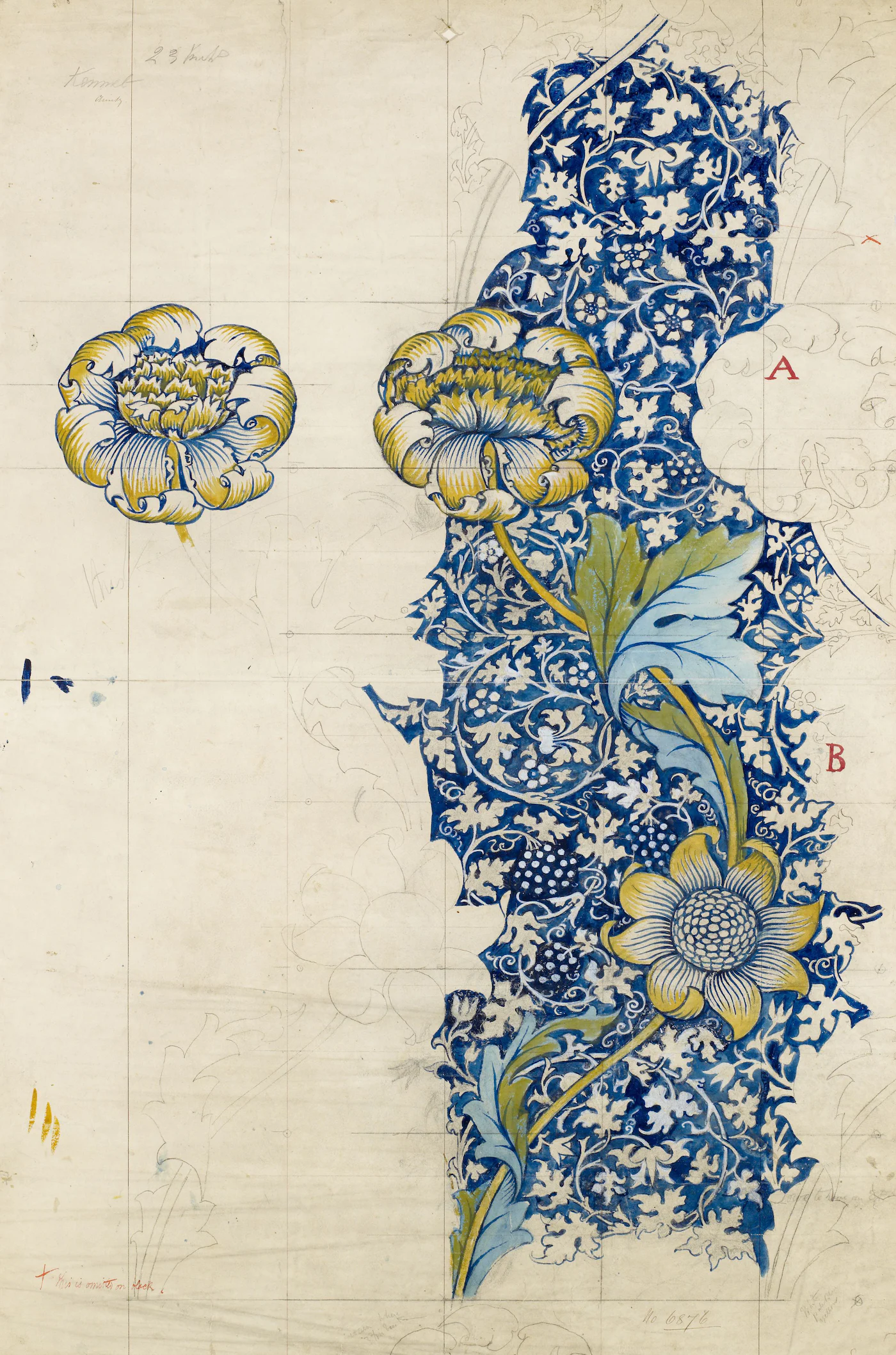In the grand tapestry of life, it’s often the seemingly small victories that form the building blocks of success. These little triumphs, like tiny stepping stones, pave the way for more significant achievements. Let’s embark on a journey of motivation and inspiration with quotes that celebrate the beauty and power of your small victories.
The Essence of Little Victories
“A great victory is a victory over ourselves.” – Paulo Coelho
Paulo Coelho beautifully captures the essence of victories lying within, emphasizing the profound impact of conquering one’s fears and doubts. Every small win over self-doubt is a step in the right direction.
“I don’t believe in the fear of failure. It’s the fear of not trying that’s the real danger.” – Lewis Howes
Lewis Howes dismantles the fear of failure, reminding us that the real danger lies in not taking those small steps towards our goals.
The Journey of a Thousand Miles
“Success is not final, failure is not fatal: It is the courage to continue that counts.” – Vince Lombardi
Vince Lombardi’s words resonate with the idea that success is not a destination but a continuous process, often shaped by the sum of small victories.
“It’s the series of small things that leads to big results.” – H. Jackson Brown
H. Jackson Brown underscores the importance of small achievements, emphasizing their role as the building blocks of more significant accomplishments.
Wisdom from Diverse Voices
“Enjoy the little things, for one day you may look back and realize they were the big things.” – Robert Brault
Robert Brault’s quote encourages us to appreciate the little joys, understanding that they contribute to the fundamental changes in our lives.
“It’s the little details that are vital. Little things make big things happen.” – John Wooden
John Wooden’s wisdom reminds us that small acts, like daily experiences, can lead to significant achievements.
Embracing Your Journey
“The only way to do great work is to love what you do.” – Steve Jobs
Steve Jobs’ quote serves as a reminder that finding joy in your daily victories is the surest path to ultimate success.
“Success is not about the destination, but the journey and the positive impact you make along the way.” – Chris Brogan
Chris Brogan emphasizes the positive impact embedded in the process of change, emphasizing the positive results derived from a series of small victories.
Closing Thoughts
As you navigate through your daily routine, remember that your small victories matter. Each tiny triumph contributes to a bigger picture, creating a positive mindset and fostering personal growth. In the words of Charles Duhigg, “small wins fuel transformative changes by leveraging tiny advantages into patterns that convince people that bigger achievements are within reach”.
So, take notice of those small victories, relish in the joy of your accomplishments, and understand that each step, no matter how small, is a valuable part of your journey. Celebrate your little victories, for they are the true heroes of your success story.






